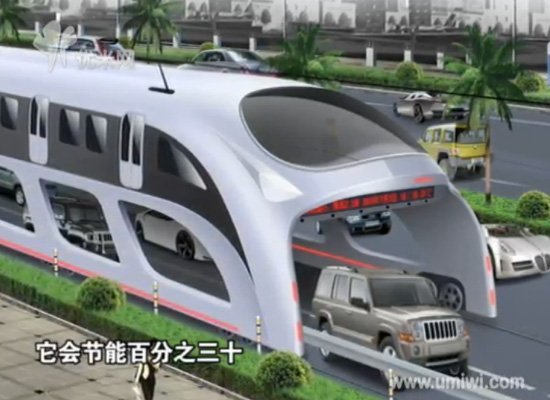A picture of electrical energy and environmental considerations in Brazil:
Installed capacity as of Aug 2009, in GWs:
Hydroelectric 79.11 (72.33%)
Gas thermal 12.33 (11.27%)
Oil thermal 06.27 (5.73%)
Coal thermal 01.53 (1.39%)
Biomass 06.58 (6.02%) (Almost entirely crushed sugar cane and same fraction as oil+coal))
Nuclear 02.01 (1.84%)
Wind 00.77 (0.07%)
TOTAL 109.37
45% of Brazil’s land is occupied by only 3% of Brazil’s population. A subsidy is required to provide electricity to them. Also some hydro-electric generation is too far from load centers to be economically competitive without subsidy. These subsidies add 2% to everyone’s electric bill. Some of the subsidy supports coal and oil fired generation and is opposed by environmentalist, but others want to increase fossil fuel generation to insurance against low rain fall periods. (In some “dry years” generation capacity is inadequate to supply full demand for a few months and rationing to industry results.)
Because Brazil has the world’s largest cattle herd and because methane is approximately 10 times worse Green House Gas than CO2, and because most of Brazil’s cars run on sugar cane alcohol and because 81% of Brazil’s power generation makes no GHG pollution (and the 11.3% that does uses cleaner natural gas), cows are make more than half of all GHG pollution in Brazil. Most of the methane they produce comes out the front end (belching) not the rear end as most believe. Cows are an inefficient food production system. I.e. the same pasture area could produce about 10 times more food calories or alcohol energy.
Sugar cane production currently uses less than 2% of Brazil’s farm land. There is at least five times more abandoned pasture that could be reclaimed from the shrubs and small trees now occupying it. I.e. Brazil can greatly expand alcohol production with zero impact on food production or prices. Only doubling alcohol production could totally eliminate the use of coal and oil fuels for production of electric power. The water reservoirs would serve as energy storages facilities. I.e. make more hydro power when sugar cane is not be processed and reservoirs refill when biomass is making 14% of Brazils electric power.
In the environmental friendly energy production, Brazil is already leading the world but can still do better – i.e. the total elimination of coal and oil for electric energy production is possible in Brazil.
Installed capacity as of Aug 2009, in GWs:
Hydroelectric 79.11 (72.33%)
Gas thermal 12.33 (11.27%)
Oil thermal 06.27 (5.73%)
Coal thermal 01.53 (1.39%)
Biomass 06.58 (6.02%) (Almost entirely crushed sugar cane and same fraction as oil+coal))
Nuclear 02.01 (1.84%)
Wind 00.77 (0.07%)
TOTAL 109.37
45% of Brazil’s land is occupied by only 3% of Brazil’s population. A subsidy is required to provide electricity to them. Also some hydro-electric generation is too far from load centers to be economically competitive without subsidy. These subsidies add 2% to everyone’s electric bill. Some of the subsidy supports coal and oil fired generation and is opposed by environmentalist, but others want to increase fossil fuel generation to insurance against low rain fall periods. (In some “dry years” generation capacity is inadequate to supply full demand for a few months and rationing to industry results.)
Because Brazil has the world’s largest cattle herd and because methane is approximately 10 times worse Green House Gas than CO2, and because most of Brazil’s cars run on sugar cane alcohol and because 81% of Brazil’s power generation makes no GHG pollution (and the 11.3% that does uses cleaner natural gas), cows are make more than half of all GHG pollution in Brazil. Most of the methane they produce comes out the front end (belching) not the rear end as most believe. Cows are an inefficient food production system. I.e. the same pasture area could produce about 10 times more food calories or alcohol energy.
Sugar cane production currently uses less than 2% of Brazil’s farm land. There is at least five times more abandoned pasture that could be reclaimed from the shrubs and small trees now occupying it. I.e. Brazil can greatly expand alcohol production with zero impact on food production or prices. Only doubling alcohol production could totally eliminate the use of coal and oil fuels for production of electric power. The water reservoirs would serve as energy storages facilities. I.e. make more hydro power when sugar cane is not be processed and reservoirs refill when biomass is making 14% of Brazils electric power.
In the environmental friendly energy production, Brazil is already leading the world but can still do better – i.e. the total elimination of coal and oil for electric energy production is possible in Brazil.



